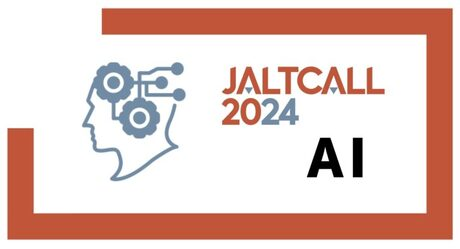Speaker
Description
Recently, educators have started to leverage large language models like ChatGPT for Japanese language education. In this study, I created a ChatGPT-like chatbot to output voiced character language for Japanese learning. Character language captures the unique speech patterns of fictional characters, influenced by their age, gender, personality, and environment. These patterns are especially present in anime. For example, samurai characters tend to use de gozaru instead of the modern auxiliary verb da. Wise female characters prefer the archaic first-person pronoun warawa over the modern watashi and use the noja expression to end sentences instead of noda. Understanding that language acquisition extends beyond reading and writing to include listening and speaking, I gave the character chatbots AI-generated voices fine-tuned to their specific character. This not only makes the lessons more engaging, but also provides a comprehensive language learning tool. Through interaction with voiced character language chatbots, Japanese learners acquire speech patterns that they cannot learn through traditional mediums like textbooks and mobile applications. In addition, while learning Japanese is a highly difficult and daunting task, these chatbots are engaging and provide a fun way to learn Japanese. I will evaluate the effectiveness of these voiced character language chatbots in a mobile application.
| Keywords | chatbot, natural language processing, character language, role language, Japanese learning |
|---|


